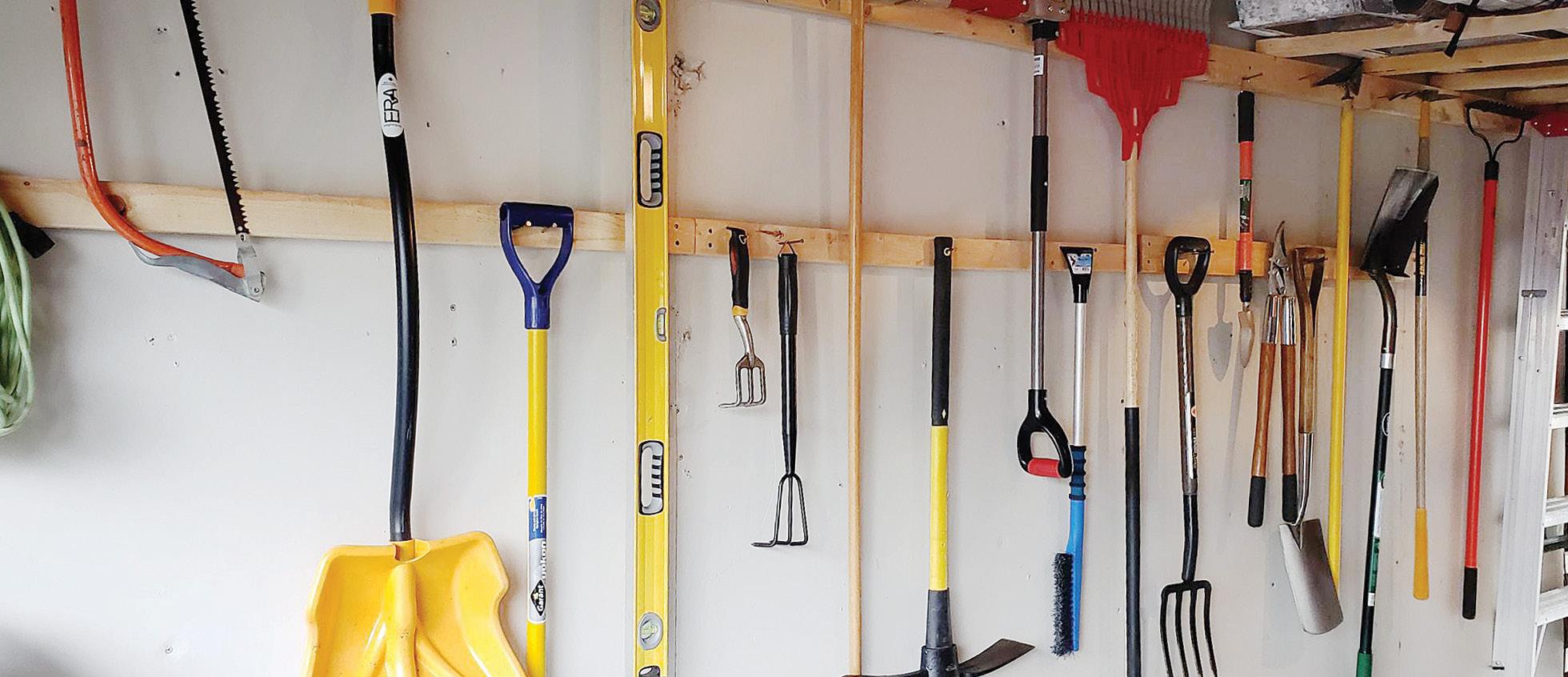Photo by Øyvind Holmstad.
Hugelkultur
Building a hugelkultur bed at the Scandinavian Permaculture Festival.
H
ugelkultur is a method of gardening on a compost hill over wood. You do it something like this: mound branches or logs on the ground and cover the mound with leaves, plant waste, compost and soil. Your mound should be about three feet high and three feet wide. It can be as long as you like, but six feet is recommended by the Permaculture Research Institute (at least in this article you reach through the QR code). Let the mound cure for a bit— in Canada, over winter seems like a good idea—and then plant into it. This method has reportedly been used in Eastern Europe for centuries. In 1962, a German fellow named Herrman Andrä wrote a booklet about it, where the term hugelkultur was first coined. Since then, a number of permaculture adherents have glommed onto it, and there are websites and lectures devoted to it. A big adherent today is Sepp Holzer, an Austrian farmer. People who practice hugelkultur have noticed several benefits. You need to water rarely, if at all. With microbial activity going on inside the mound, it is warmer under the soil. Since it is a localgardener.net
Scan me Scan here for an article on The Art and Science of Making a Hugelkultur Bed https://permaculture.org.au/2010/08/03/the-art-andscience-of-making-a-hugelkultur-bed-transformingwoody-debris-into-a-garden-resource
mound, there is less crouching to tend to the plants. And hugelkulturists report superior produce being grown in their beds. As you can imagine, hugelkultur is meant for vegetable gardening; it’s best for annuals and isn’t conventionally attractive. A bed typically lasts five or six years, depending on the size. When the bed has nearly flattened and the wood feeding the soil inside has given up its goods, you can use all the decayed matter elsewhere, or you can transition the bed to growing fruit trees. There are no scholarly, peerreviewed publications that detail any benefits of hugelkultur, and there are a few folks who argue with the methIssue 1
ods. From a growing perspective, you might have too much of a good thing from all the composting material below the soil line. Or you might have soil deficient in nitrogen because the composting activity is sucking it all up. Is hugelkultur going to revolutionize growing food? I doubt it. Some folks who’ve tried it say that, in their conditions, the mound needed more and not less water. There is also the issue of getting wood to form the centre of the mound; if you have a woodlot, this may seem like a no-brainer, but if you live in the city, you might have to buy timber. There is also the issue of the science behind it. Theoretically, scientist and gardener Robert Pavlis (who writes on hot peppers in this issue) says that the wood in the mound decomposes too slowly to provide much heat and the easily composted material would produce heat when the mound was new, likely before being planted. All that said, though, there are a lot of anecdotal reports that hugelkultur works. If you have the inclination and the timber, give it a shot. And let us know how it works for you! C 2020 • 13





















